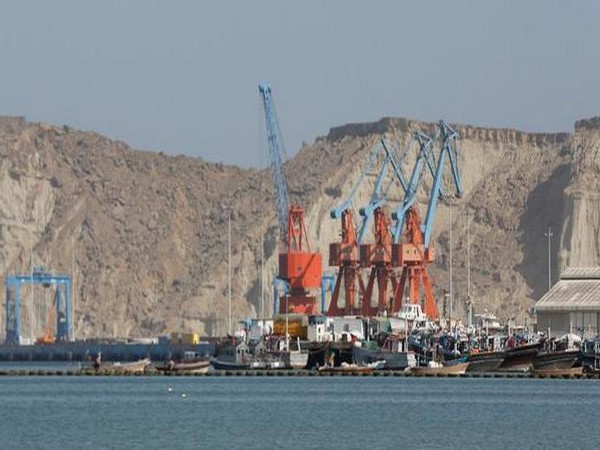China's CPEC reality exposed as Gwadar port in Pakistan remains devoid of economic activity
As China continues to boast about its economic partnership with Pakistan especially the China-Pakistan Economic Corridor (CPEC) projects in the port city of Gawadar, reports suggest a contrary picture which exposes the reality that many of these projects remain unfinished and the city is spookily devoid of economic activity.

- Country:
- Pakistan
As China continues to boast about its economic partnership with Pakistan especially the China-Pakistan Economic Corridor (CPEC) projects in the port city of Gawadar, reports suggest a contrary picture which exposes the reality that many of these projects remain unfinished and the city is spookily devoid of economic activity. The revelation came after a report by a media outlet Nikkei Asia, which took stock of the ground situation in a drive to Pakistan's port of Gwadar, seven and a half hours from Karachi via the Makran coastal highway.
The coverage by the media portal was an eye-opener where it was brought to light that much of the 600-km route is deserted, with no restaurants, restrooms or even fuel stations. A total of 200 vehicles in total could be counted during the entire drive. In the Gwadar port city on Pakistan's Indian Ocean coast, everywhere there were Chinese and Pakistani flags. However, it appeared like a pomp and show where the "greatness" of the relationship between Pakistan and China was put on display and hides how it reeks of the looming Chinese-financed construction projects and sparse economic activity.
"Near the seafront, broad avenues are curiously empty of vehicles. Inside the city center, the roads are narrow, congested and covered with foul smelling drain water, with few multistory buildings aside from the Chinese-built port compound," the media portal noted giving the first-hand reportage of the ground situation. It is hard to visualize Gwadar as the launch pad of a new global paradigm, but that is what Beijing would have the world believe, it added.
With the 20th Chinese Communist Party Congress fast approaching in Beijing, the CPEC is on the verge of crisis, as is the Belt and Road Initiative (BRI) itself. Many headline projects have either failed to get off the ground or produced mixed to poor results. This week, Nikkei Asia begins a three-part series, a comprehensive effort to take stock of the BRI nearly a decade after it began.
The project's initial optimism has been replaced by disappointment over mismanagement, debt crises and corruption that have left many projects unfinished or incapable of fulfilling their promised potential. Nikkei Asia journalists have traveled to focal points of BRI investment over the last decade - from Gwadar to Sihanoukville and Colombo to Kuala Lumpur. Their reporting illustrates the already mature legacy of China's far-reaching efforts to increase its global influence. (ANI)
(This story has not been edited by Devdiscourse staff and is auto-generated from a syndicated feed.)
ALSO READ
Congress Stalwart Joins Shiv Sena: Political Winds Shift in Maharashtra
Mumbai Civic Polls: Congress Faces Turbulence Amidst Electoral Setback
Modi Highlights BJP's Cultural Commitment in Assam Amid Criticism of Congress
BJP govt cleansing sins of Congress, connecting hearts and places in Assam: PM at tribal dance programme in Guwahati.
Congress Rallies for Equality and Justice Ahead of Tamil Nadu Polls










